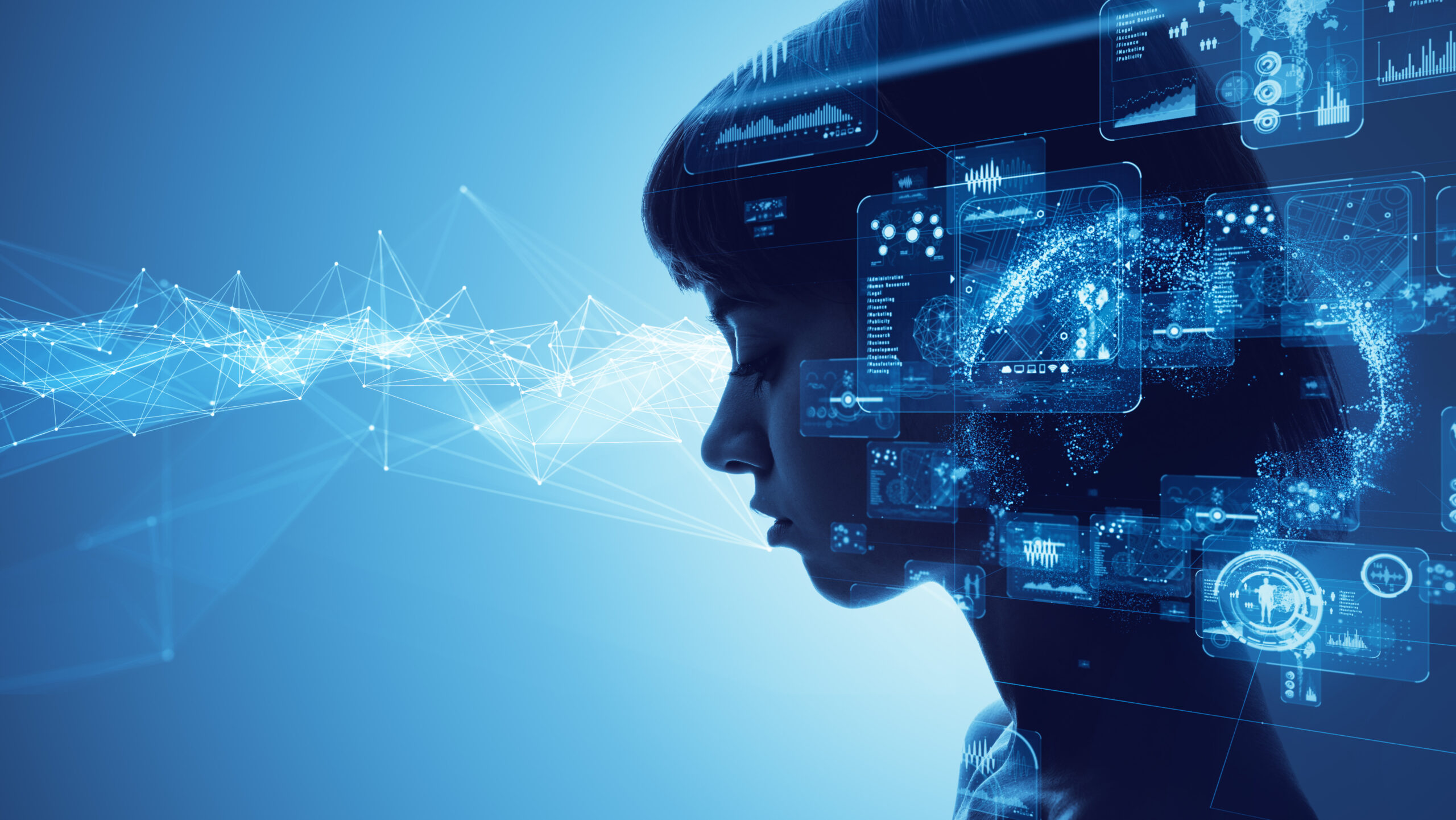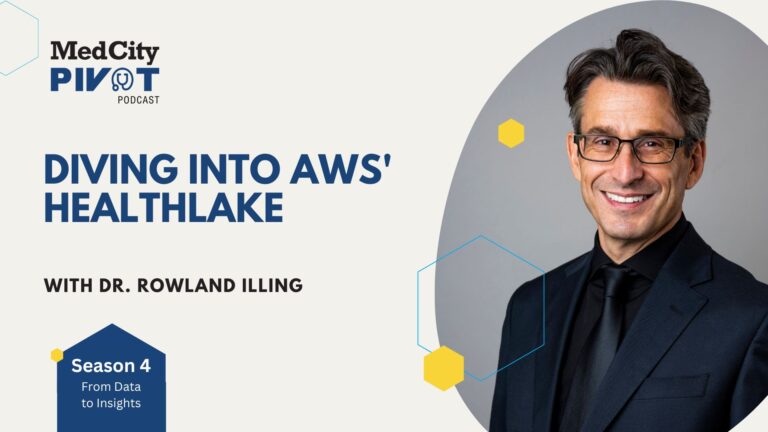
AI’s ability to alleviate physician burnout is one of the most exciting things about the rapidly advancing class of technology, said Brian Anderson, CEO of Coalition for Health AI (CHAI), during an interview last week at HLTH in Las Vegas.
“We are in an epidemic of physician burnout. You have to graduate two medical school classes each year just to account for the physicians who commit suicide. It’s a very sobering statistic,” he remarked.
AI solutions can reduce the amount of time physicians spend on administrative tasks, allowing them to get home at a decent hour and spend more time with their families. When physicians have that work-life balance, they are more apt to stay in the profession, Anderson noted.
He used to be a practicing physician himself, so he was speaking from experience.
“Candidly, that was the reason why I got out of practicing clinical medicine. I wasn’t getting home until like eight o’clock, and it was really challenging for me to be a good husband and a good father,” Anderson declared.
Out of all the healthcare AI tools on the market, he believes that ambient listening technology is having the biggest positive impact when it comes to giving physicians their time back.
These tools — sold by companies like Microsoft, Suki, DeepScribe and Abridge — listen to the patient-physician interaction, transcribe the conversation, and produce a draft of the clinical note needed to document the appointment. They are being deployed at health systems across the country, with validation studies often showing that these tools can reduce physicians’ documentation time by hours per week.
Going from almost never being able to have dinner with your children to almost never missing a dinner with them is “life-changing” for a lot of physicians, Anderson noted.
He said that ambient listening AI could end up changing the healthcare delivery world in a similar way that the advent of the sewing machine changed the textile and fashion industry.
When the sewing machine was invented in the 1840s, there was a lot of gnashing of teeth. People thought that seamstresses and tailors would go out of business — the public was concerned that the introduction of this machine would cause a massive displacement of the working class, Anderson explained.
“It was predominantly women working in these textile sweatshops. What did the sewing machine do? It created a flourishing for women’s rights,” he stated.
Sewing machines didn’t replace women’s jobs. Instead, this invention allowed them to reduce the amount of time they spent sewing and focus on other things — whether it was other elements of the business, their families or political organizing.
“There is a reason why women’s suffrage happened just a few decades after sewing machines became widely used. My hope is that AI falls a similar path,” Anderson said.
Photo: metamorworks, Getty Images






